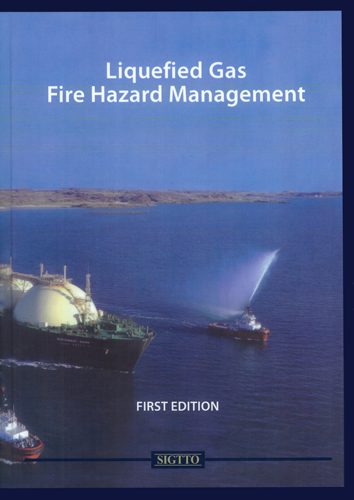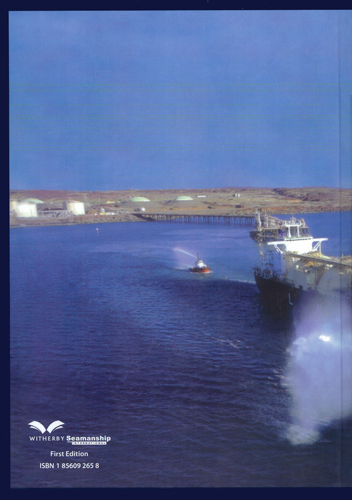Liquefied Gas Fire Hazard Management
Мы не можем гарантировать его наличие и поступление на наш склад по указанной цене
Издание на английском языке.
All the liquefied hydrocarbon gases are highly flammable. In the case of the “fuel” gases, such as methane, propane and butane, flammability is the property that establishes them as a major energy source. However, their combustibility makes them inherently hazardous and precautions must be taken to reduce this hazard to acceptable levels by preventing inadvertent releases of vapour or liquid, reducing the possibility of subsequent ignition of flammable vapour and minimising the consequences of any fire that may occur. “Liquefied Gas Fire Hazard Management” brings together, in a single volume, the principles of liquefied gas fire prevention and firefighting. It covers a broad spectrum of the liquefied gas industry, including large refrigerated and smaller pressurised storage terminals, ships, cylinder filling plant and road and rail tanker loading racks.
Contents
Foreword
Acknowledgements
Introduction
Table of Plates
Bibliography
Definitions
Chapter 1 Characteristics and Hazards of Liquefied Gases
Chapter 2 Liquefied Gas Installations
Chapter 3 Liquefied Gas Ships
Chapter 4 Principles of Fire Hazard Management
Chapter 5 Prevention of Fires and Explosions
Chapter 6 The Principles of Fire and Gas Detection
Chapter 7 Fire and Explosion Mitigation
Chapter 8 Emergency Response Strategies
Chapter 9 Training for Emergency Responders
Chapter 10 Maintenance of Critical Systems
Index




